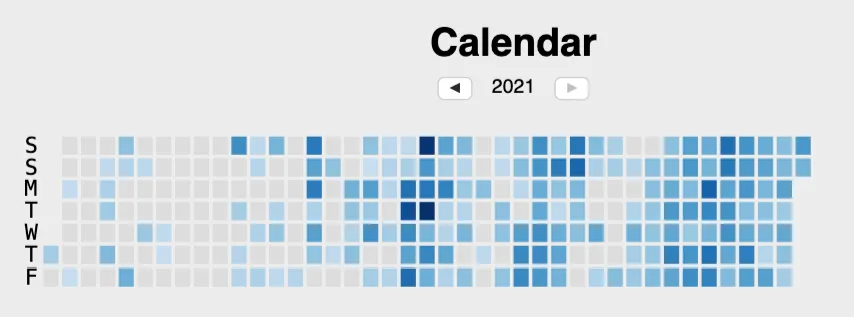This is for speakers of Chinese who have a decent vocabulary, hearing comprehension, and speaking ability, but simply did not learn reading/writing characters themselves. My parents never put me in Chinese school but taught me the basics of pronunciation and pinyin. In my case I speak Mandarin, so I can’t comment on other dialects.
If someone is of Chinese descent and wishes to connect with their culture, but does not have a vocabulary, speaking, or listening foundation in place, my opinion is that they are better served taking official classes in college and doing some studying abroad.
In my opinion, these are the major categories of Chinese reading/writing for basic usage. I’m sure it’s taught a different way officially.
- Pinyin/Pronunciation
- Stroke Order
- Character Recognition
Growing up speaking English is going to give you a bit of accent when speaking Chinese, though not insurmountable. Just see 大山, a Canadian born entertainer in China. The main issues I’ve had are retroflex zh- ch- sh- r- and some other pronunciations I mistakenly approximated in English. It was unexpected that x j and q are pushed to the bottom of the teeth. (Alveo-palatal)
I find the basics of stroke order important, with higher level concepts less so. It’s good to go over it for a few weeks as it’s a small investment with extended payoffs. You don’t want to write 口 by tracing a square as a continuous contour and embarrassing yourself. It’s actually 3 strokes.
From my view the digital age makes character recognition more important than character recall. Just type in pinyin, choose the character you want, and send. Likewise when you read as well. My goal is to quickly achieve a level of competency, and that competency doesn’t involve precisely remembering how to write every character from memory.
The power of Anki
This is an Anki deck that contains 5000 Chinese words (HSK 1 through 6) and is more than enough to learn some of the most fundamental words. This is fantastic because it provides me with the structure to consistently review Chinese characters.

It’s necessary to map existing words to characters, so any type of pinyin should be avoided so that you don’t automatically default to it. This deck shows the Chinese characters first with a Chinese pronunciation. Upon reveal, the pinyin and English translation appear. Try to at least attempt reading the sentence example though.
Every day, I review six new words. I’ve seen significant progress as I’ve started this year only recognizing around 30 characters, and now I can read parts of TikTok’s Chinese homepage. I review this deck when I wake up, when I have spare time, and when I’m doing nothing. It’s still hard to review six each day, and I often plateau at times. But I’m halfway through HSK 4, and I will keep going until HSK 6, which should be complete in a year or two.
Because if you think about it, 6 * 365 is 2190 words, which is already close to HSK 5’s 2500 words. If you come from a Chinese background, HSK 6 is really not that ambitious of a goal given consistent study. I think the issue is that many people try to overwork themselves by learning 10/20/30 characters each day, while I consider 6 to be an advanced pace. 30 is only sustainable if you are doing literally nothing but living in China and studying Chinese all day, in my opinion. Habits are what make or break you.

Addendum: November, 2021
I spoke with a Chinese teacher when I was in Italy. He stated something like:
- Elementary school: 3000 characters recognition, 1000 characters written from memory
- Middle School: 6000 characters recognition, 3000 characters written from memory
- High School: 10,000 characters recognition, 6000 characters written from memory
I don’t precisely remember if these are the old guidelines or newer guidelines. The education level has been increasing in China and it may be even more characters per level if that is the case.